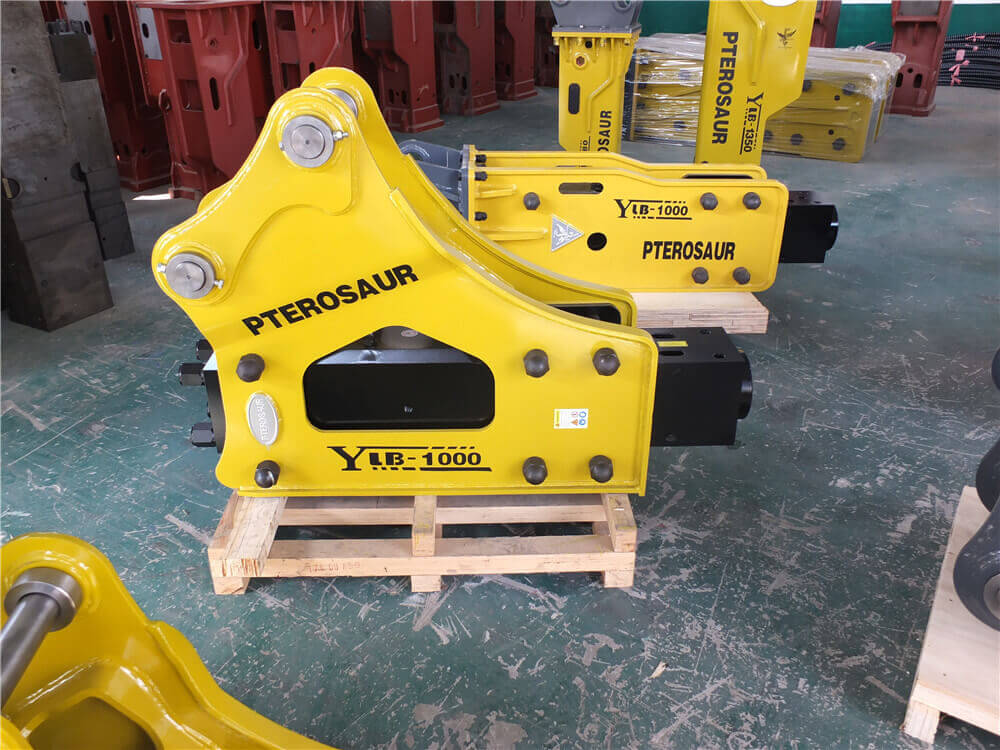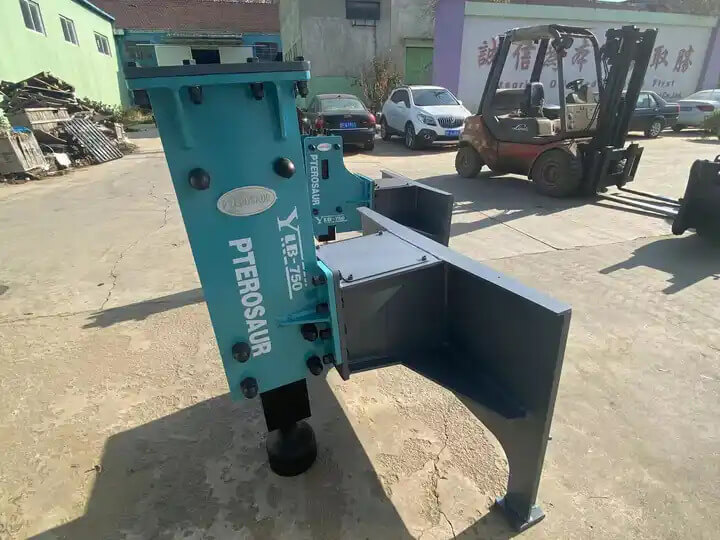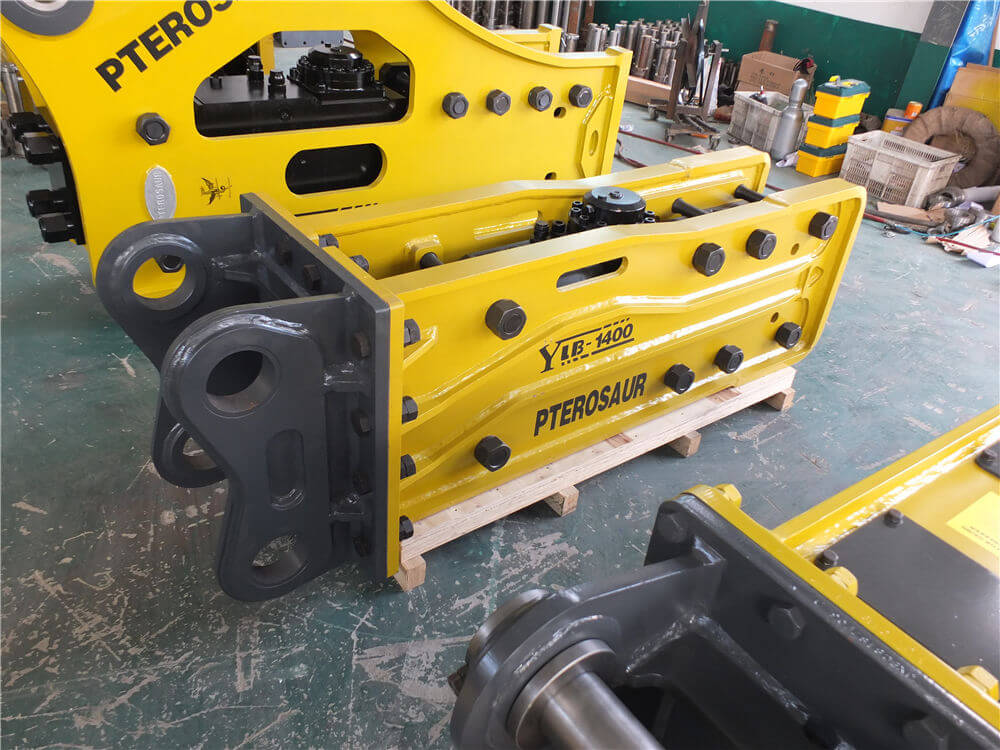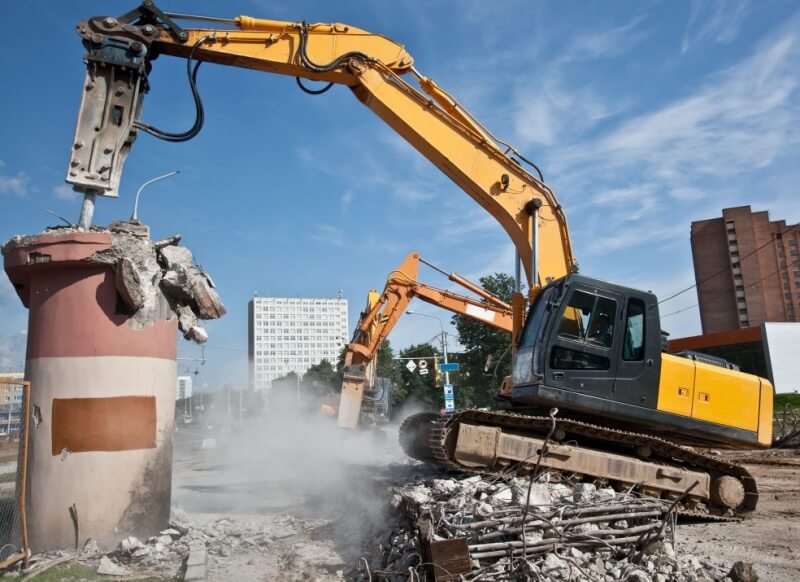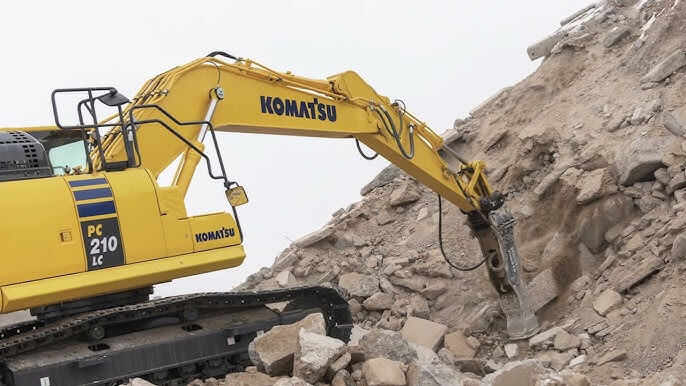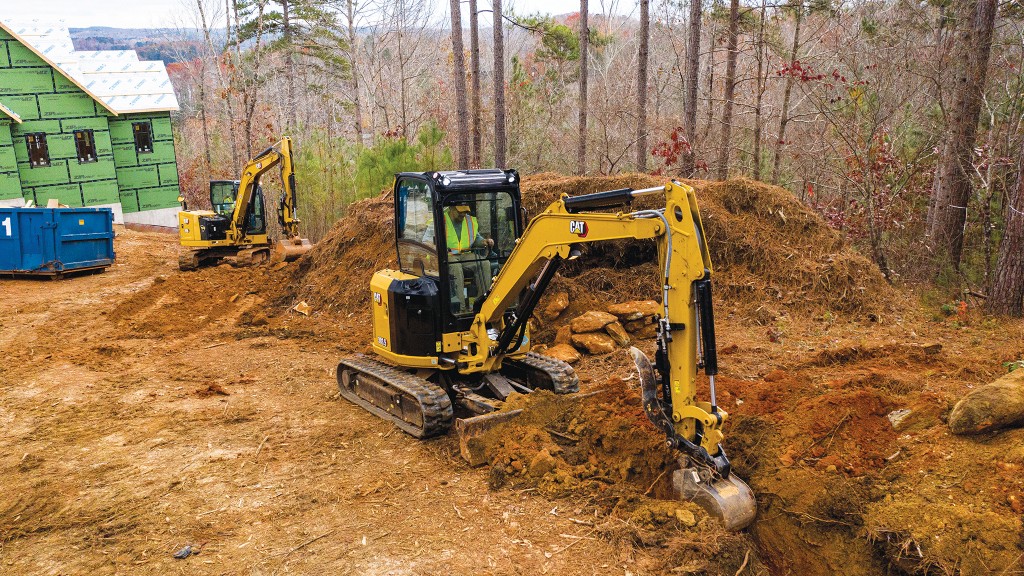Understanding Hydraulic Hammers: Types, Applications, and Benefits
Hydraulic hammers, also known as hydraulic breakers, are essential tools in the construction and demolition sectors. They are designed to deliver powerful impacts for breaking, driving, and other heavy-duty applications. This article explores various hydraulic hammer models, their functionalities, and their impact on construction efficiency.
Types of Hydraulic Hammers
Hydraulic hammers come in a variety of models, each tailored for specific tasks and machinery. Among the notable series is the HHKSB series, known for its efficiency and adjustable stroke length, which can reach up to 1.5 meters (4.9 feet). This series boasts a 20% increase in efficiency compared to traditional free-fall hammers of similar weight, making it suitable for driving all types of piles, including precast concrete, steel tube, sheet, and timber piles.
Medium Range Hydraulic Hammers
Medium range hydraulic hammers are designed for carriers weighing between 10 to 32 tons (22,000–70,500 lbs). Their slim and lightweight construction allows them to access narrow spaces while maintaining a high power-to-weight ratio. This design enhances productivity and durability, making them an ideal choice for various breaking applications.
Popular Models and Features
Junttan HHKS Series
The HHKS series from Junttan is particularly noteworthy. It offers a selection of hydraulic impact hammers that can be mounted on various carriers, including mini-excavators and large excavators. The design minimizes noise and vibration, making it a preferred option for urban and sensitive environments.
20 Ton Hydraulic Hammers
Models like the 20 Ton Hydraulic Hammer are versatile and suitable for a broad spectrum of applications. They can be used in both demolition and construction, providing reliable performance for driving piles and breaking concrete.
Intelligent Hydraulic Hammer Piling Machines
Innovations in hydraulic hammer technology include intelligent piling machines, which enhance construction efficiency by monitoring hammer performance and providing real-time data. This capability is crucial for contractors aiming to optimize their operations.
Applications of Hydraulic Hammers
Hydraulic hammers are integral to various construction activities. They are primarily used for:
- Driving Piles: Suitable for various types of piles, hydraulic hammers effectively penetrate tough ground conditions, ensuring stability in construction.
- Breaking Concrete: Their high-impact energy allows for efficient demolition of concrete structures.
- Excavation: They assist in loosening and breaking rock or soil, facilitating excavation processes.
Choosing the Right Hydraulic Hammer
Selecting the right hydraulic hammer depends on several factors, including the type of machinery, the weight class of the hammer, and the specific application. For instance, the Okada Model TOP400, with a 1,000 ft-lb impact class, is designed for larger carriers weighing between 88,000 to 132,000 lbs, making it suitable for heavy-duty tasks.
Conclusion
Hydraulic hammers are indispensable tools in modern construction, offering a combination of efficiency, power, and versatility. From the HHKSB series with its adjustable stroke to intelligent hammer piling machines, the advancements in hydraulic hammer technology have significantly enhanced construction capabilities. As the industry continues to innovate, these tools will remain at the forefront of construction and demolition applications, driving productivity and ensuring robust infrastructure development.
For those interested in acquiring hydraulic hammers, reputable suppliers such as chinadrillingequipment.com and salvex.com provide a range of options to suit different needs and budgets.

































